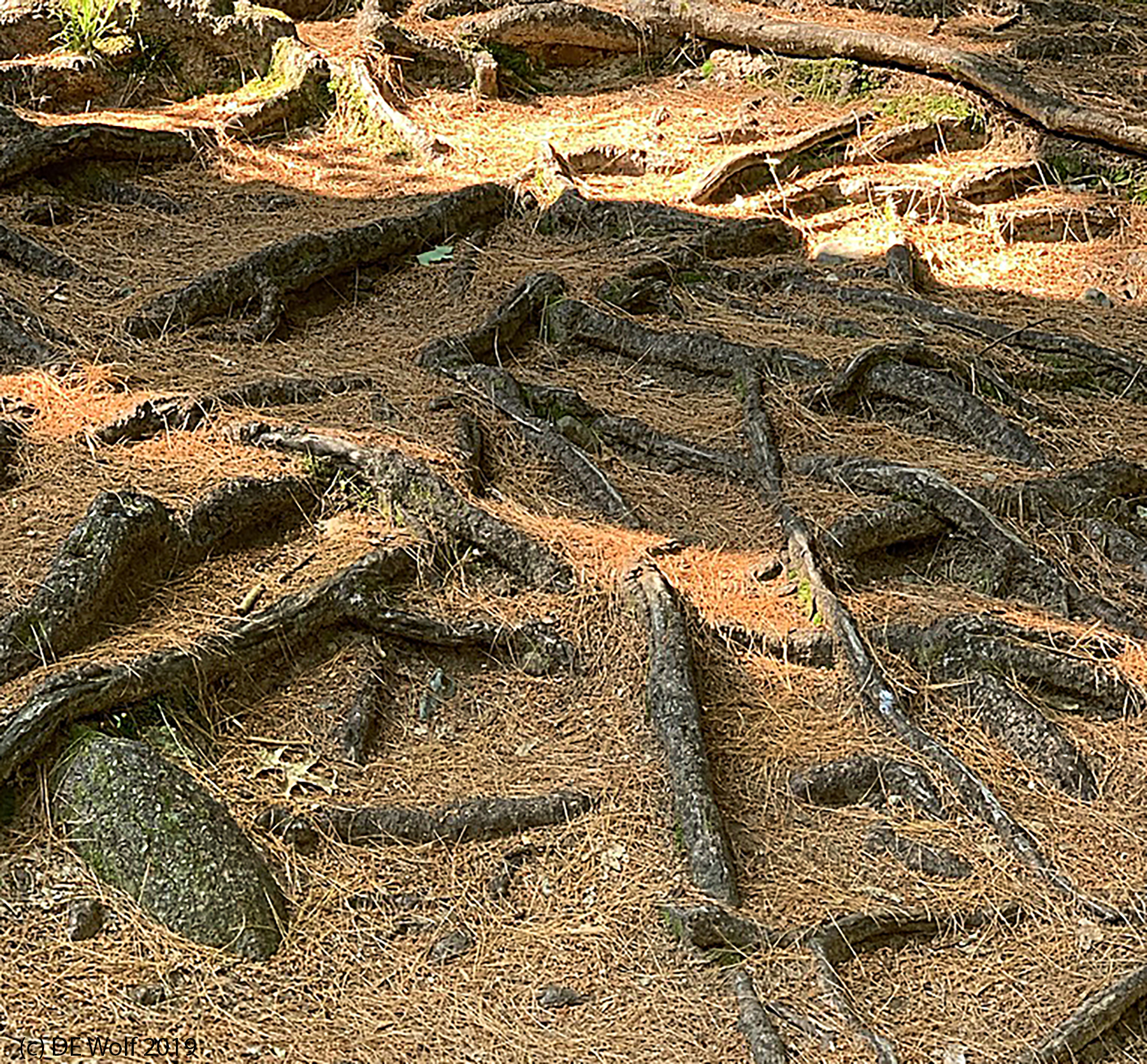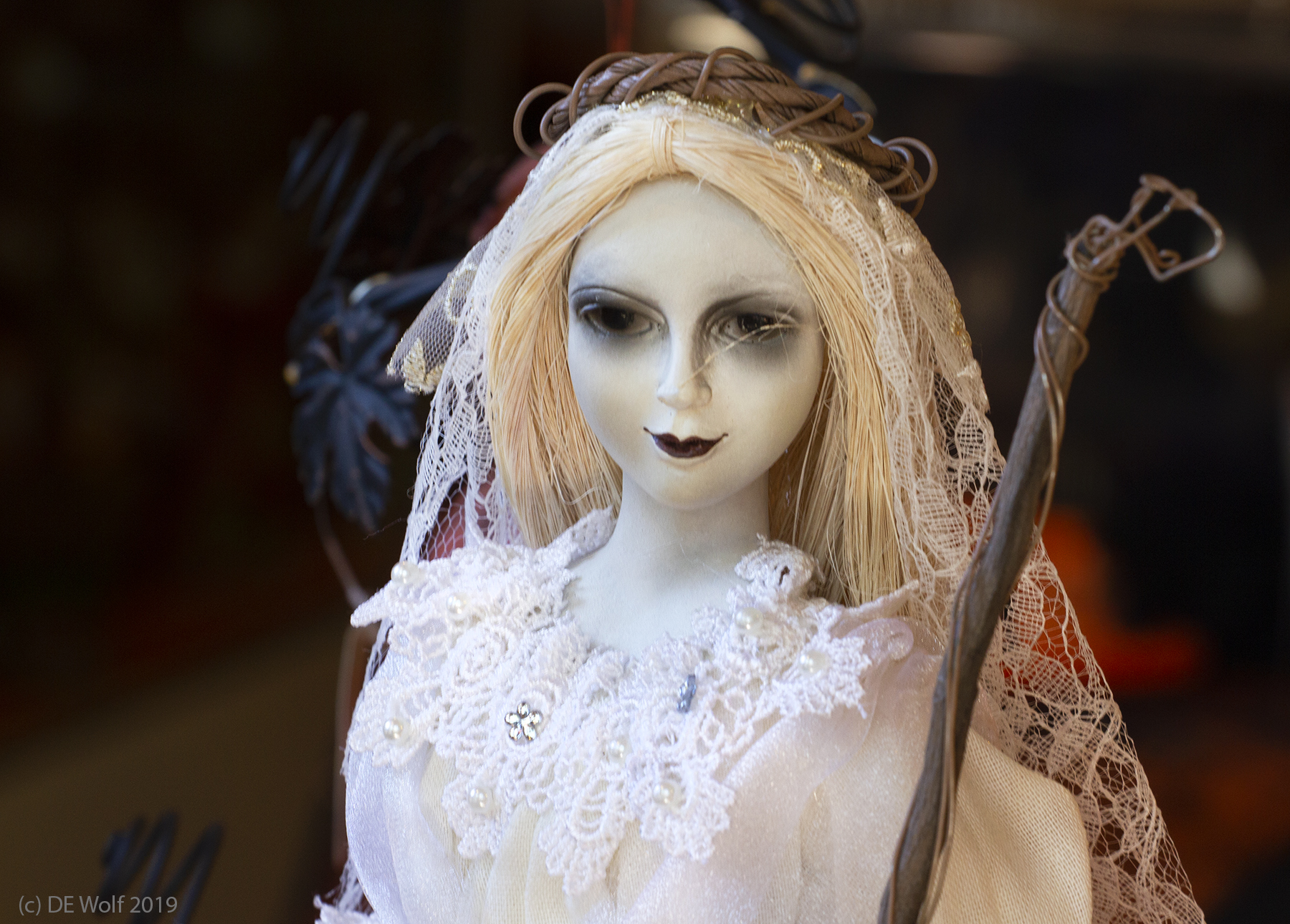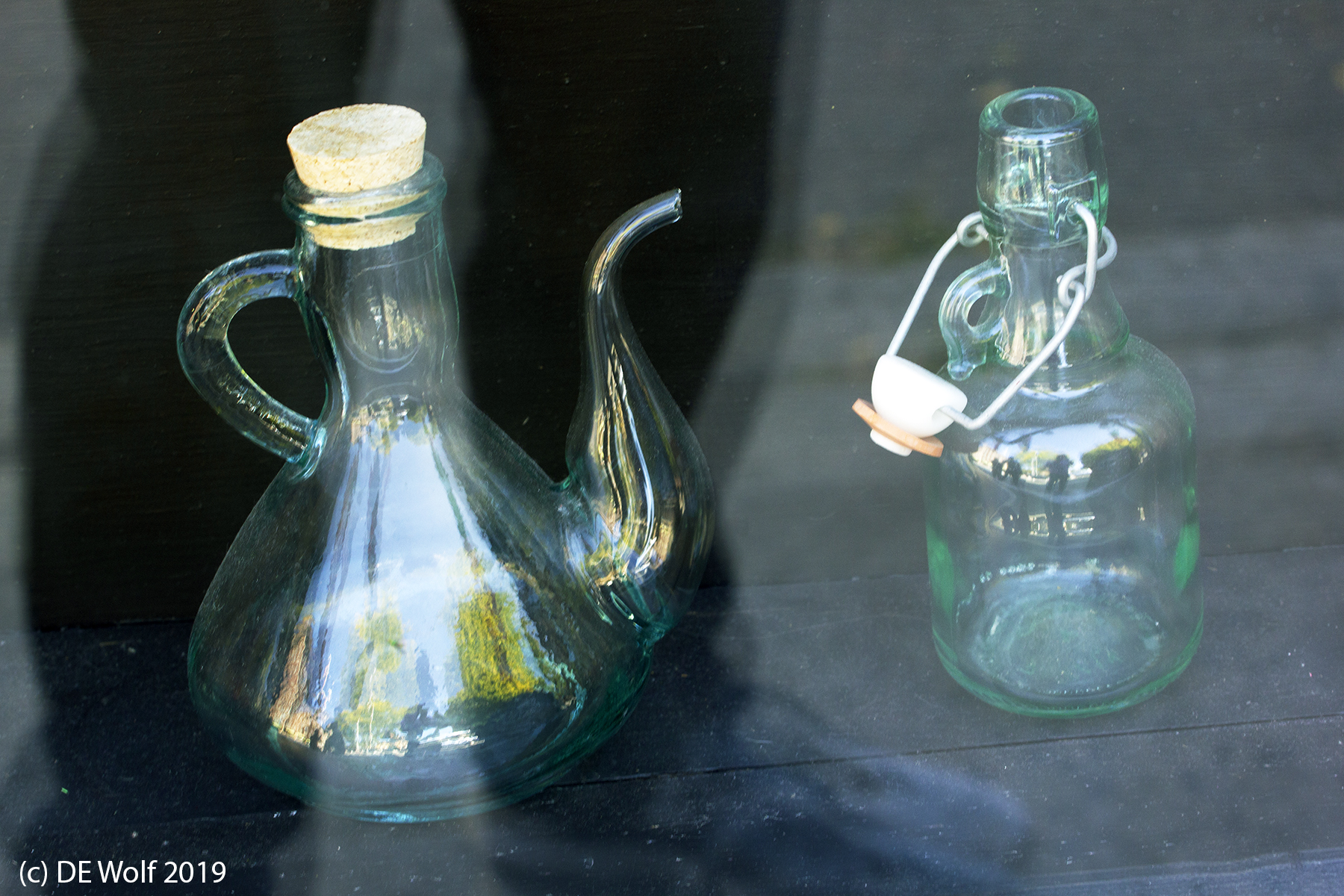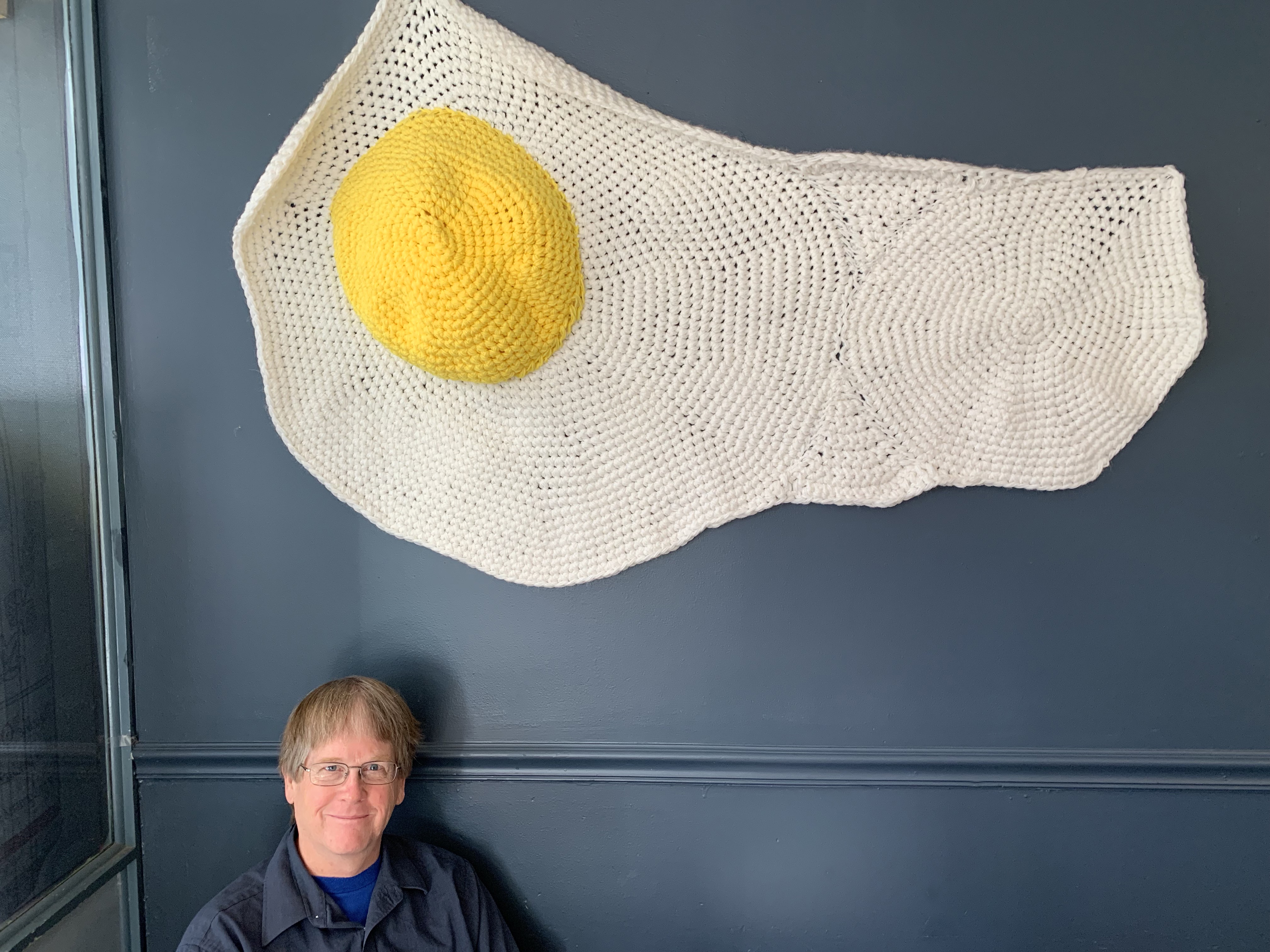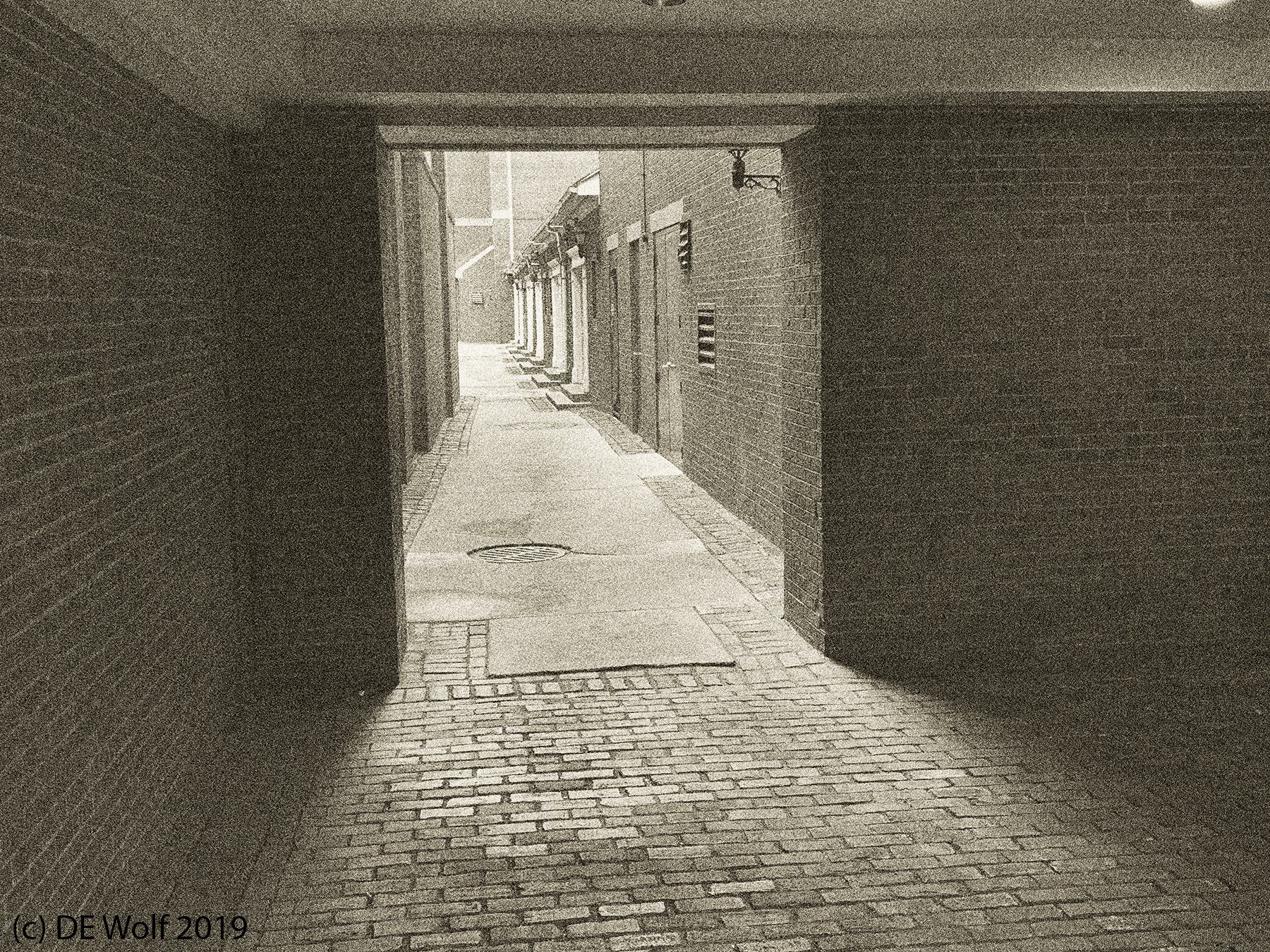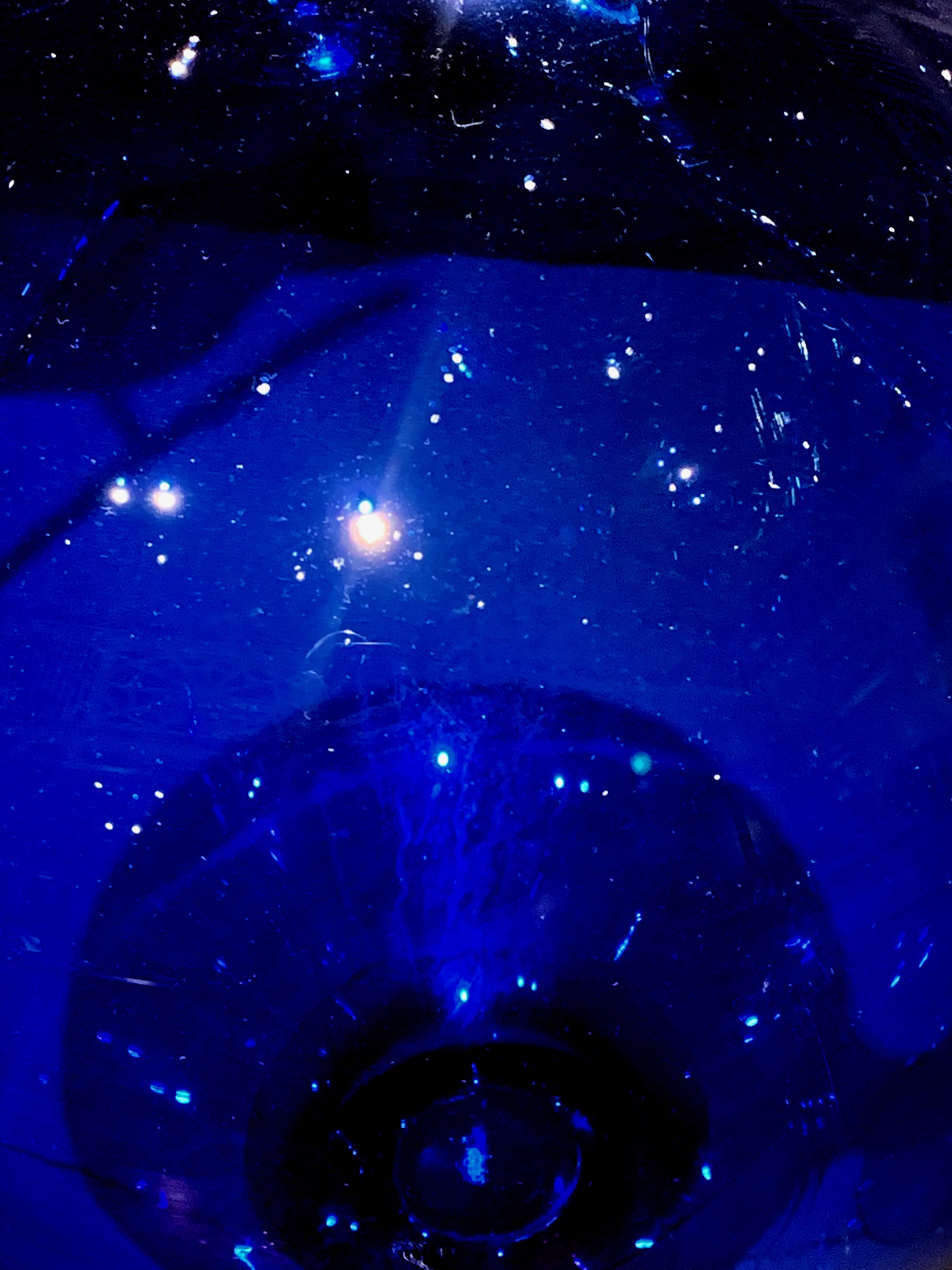Some trees, I am told, have surface roots, and these are the bane of lawn mowers. Yet in a sense they seem magical. In one sense they are suggestive of a massive root system. They give us a glimpse of what lies beneath, both on a physical and a mythical plane. In another, they seem poised somewhere between this world and the subterranean world. Trees, of course, connect the three world domains heaven, earth, and underworld. A large part of their magic appeal relates to stories of the world tree that in so many mythologies is the Axis Mundi.
Do you think of this when you trip over a root that you didn’t expect on a morning’s hike through the forest? Was it put there by some troll to ensnare you? I would never deny that there is always a heightened sense of the mystic when I walk in the woods. In the words of Steven Sondheim:
“Anything can happen in the woods
May I kiss you?
Any moment we could be crushed.”

